Shell Collecting and Wildlife Viewing (You)
Monday, November 12th, 2018This is Passport to Texas
A leisurely stroll along one of Texas’ public beaches might include finding a sand dollar or two.
But at Matagorda Island WMA—you can pick up dozens of sand dollars, as well as giant Atlantic cockles and even shark’s teeth.
Shells are abundant on the island. And don’t be surprised if while sifting through the sand, you feel like you’re being watched.
It’s not uncommon to look up from your collecting pursuits to see members of the island’s white-tailed deer population a comfortable distance away, keeping tabs on your every move.
Or perhaps one or more of the 300 species of migratory birds that visit the island will fly in for a closer look, waiting to see what your efforts uncover.
During fall and winter, you might even see endangered whooping cranes.
Be mindful of when you visit, as the island is popular with hunters during whitetail season.
Matagorda Island WMA consists of nearly 57-thousand acres and is an offshore barrier island. All interior access is via hiking, biking, or TPWD vehicles during scheduled hunts or tours. No private motorized vehicles! There’s more information on the TPW website.
Out show receives support from RAM Trucks: Built to Serve.
For Texas Parks and Wildlife…I’m Cecilia Nasti.
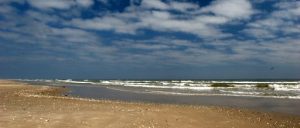

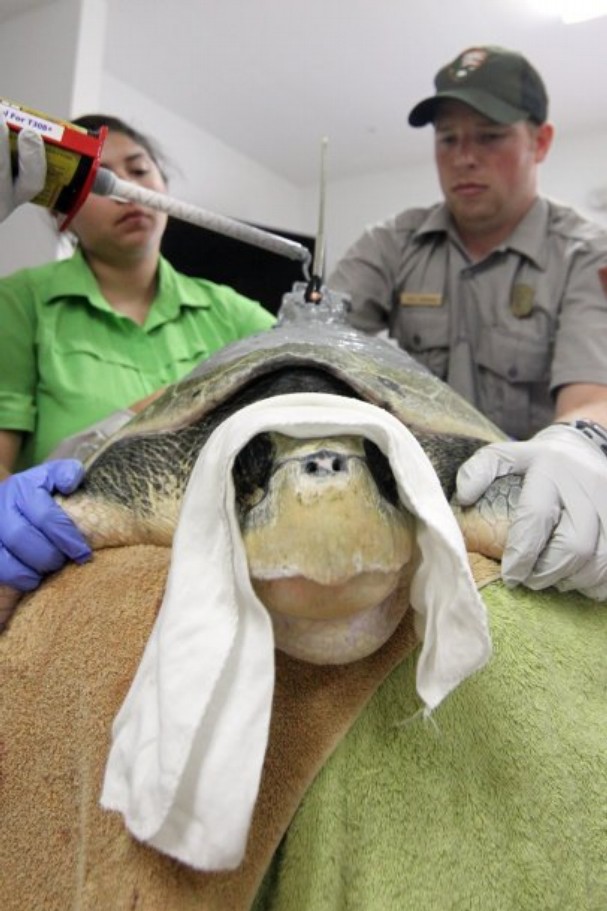
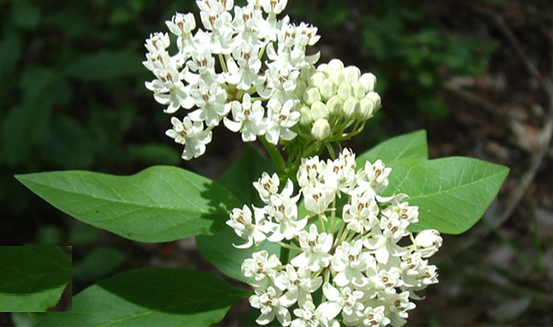
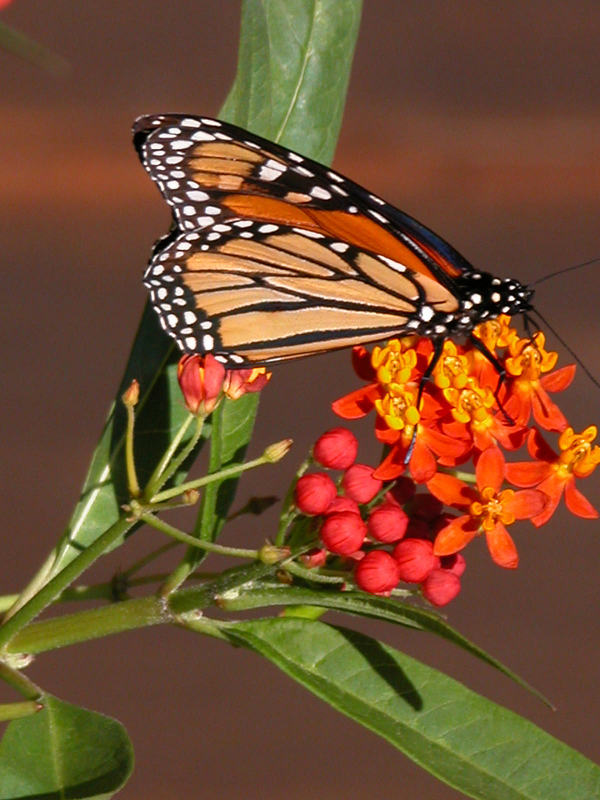
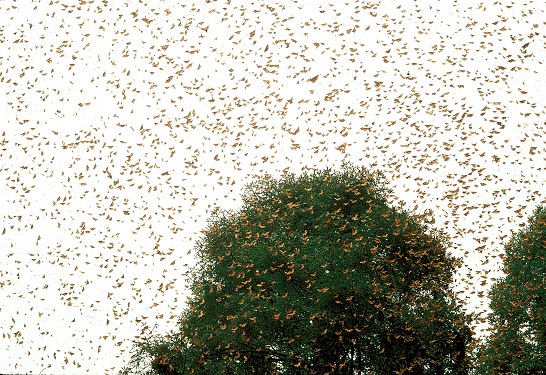

 Passport to Texas is a
Passport to Texas is a  Passport to Texas is made available by:
Passport to Texas is made available by: